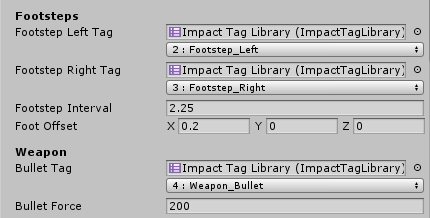Une étoile est-elle un document ? Un galet roulé par un torrent est-il undocument ? Un animal vivant est-il un document ? Non. Mais sont des docu‐ments les photographies et les catalogues d’étoiles, les pierres d’un musée deminéralogie, les animaux catalogués et exposés dans un Zoo
Things in their original context are not documents. Pictures of things, and lists of them are ([[Lijst is een creatief artefact 20210507092029]]). Also objects in museum collections (stones, fossils), and animals in a zoo. awesome. Vgl document def in information access regimes.
